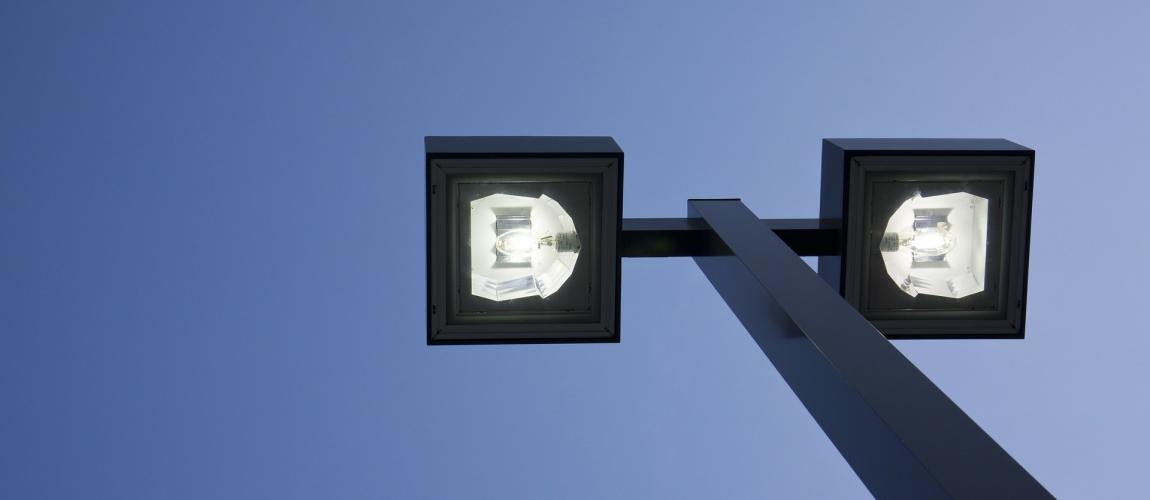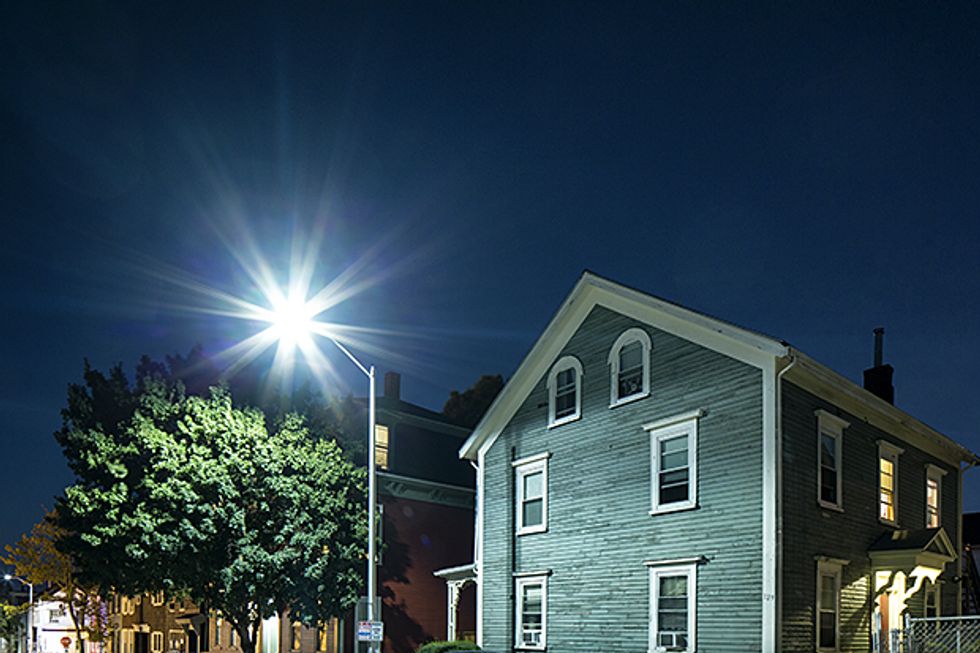The energy efficiency revolution is being fueled by the innovative and ever-evolving technology of LED streetlights. These revolutionary lighting solutions are transforming urban landscapes across the world, providing cities with brighter, more sustainable lighting options for their streets and highways.
With improved visibility, increased safety, and lower energy costs than traditional streetlights, LED street lighting offers a comprehensive solution to modern city requirements. This article looks at how these advancements are impacting our urban environment today while also exploring the potential future implications of this new technology.
We will examine the benefits that LED lights bring to our cities as well as discuss how they can help us create smarter and greener urban spaces in years to come.
Advantages of LED Street Lights in Urban Areas
LED street lights offer numerous advantages to urban areas, vastly improving the efficiency of public lighting. Firstly, LED streetlights save energy by using up to 75% less energy than traditional bulbs.
This makes them more cost-effective and also reduces emissions from power plants used for electricity generation. Furthermore, they last much longer than traditional bulbs and require little maintenance over their lifetime due to their reliability. In addition, LED streetlights provide better illumination compared to conventional lighting sources thanks to their improved brightness and visibility levels – ensuring road users are safe at night time or in dark conditions.
Moreover, since LEDs do not contain mercury or any other hazardous materials like fluorescent lamps do, they are more environmentally friendly as well. Finally, LED Street Lights enable cities across the world with an opportunity for smart city infrastructure development by providing a platform that can be integrated with sensors and cameras making it possible for municipalities to monitor traffic patterns or detect crime in real time.
The Impact of LED Lighting on Energy Efficiency

Source: ppp.worldbank.org
LED lighting has revolutionized energy efficiency in urban areas. By replacing traditional street lights with LED-based ones, cities have seen a dramatic reduction in their overall energy consumption.
This is mainly because LEDs are more efficient than incandescent or fluorescent bulbs, and they use up less electricity while producing brighter light. Additionally, because LED lighting systems tend to be more durable than conventional bulbs, they require less frequent maintenance and repair over time which further reduces energy costs.
The impact of this shift towards LED lighting on urban areas’ carbon footprint cannot be understated – by using fewer resources to generate light for longer periods, cities can reduce their emissions significantly as well as save money on electricity bills. Furthermore, since LEDs emit much less heat compared to alternative sources of illumination such as halogen lamps or sodium vapor lights, air conditioning costs can also be reduced during summer months when temperatures typically soar outdoors.
In conclusion, the advent of LED technology has completely transformed how we think about urban lighting systems – its low power consumption combined with its long-lasting performance makes it an ideal solution for cities looking to become more sustainable and cost-effective in terms of energy usage without sacrificing quality or visibility at nightfall!
How LEDs Are Reducing Light Pollution and Improving Visibility
LED streetlights are revolutionizing urban lighting by reducing light pollution and improving visibility. These energy-efficient fixtures use less electricity than traditional streetlights, while their directional nature produces more focused light that reduces sky glow which can obscure the stars at night.
LEDs also have superior color rendering capabilities, so they produce a warmer white color and make people feel safer when out after dark. The reduction in skyglow also allows for better visibility of celestial bodies like planets, galaxies, and nebulae during the night hours, providing an opportunity to reconnect with our universe without having to leave the city limits.
Moreover, LED lights improve outdoor safety by increasing illumination levels on sidewalks and streets while using less power than traditional light sources – making them ideal for sustainable cities looking to reduce their carbon footprint and create a healthier environment for residents.
Cost Savings Through Replacing Traditional Street Lights with LEDs

Source: spectrum.ieee.org
The switch to LED street lights has revolutionized the way cities are illuminated, providing a cost-saving solution that also helps conserve energy. By replacing traditional streetlights with LEDs, municipalities can realize significant savings in both energy costs and maintenance.
Compared to conventional lighting systems, LEDs use up to 70% less electricity, resulting in decreased monthly electric bills for cities. Furthermore, because these lights have a longer lifespan than standard bulbs — often lasting for more than 15 years — there is no need to replace them as frequently as their predecessors.
This saves time and money spent on upkeep and servicing of the lights over their lifetime. In addition to lower energy usage and reduced maintenance fees, LED streetlights also provide improved illumination quality compared to traditional lighting systems; they create brighter light while using less wattage which allows city residents greater visibility at night without producing excess glare or light pollution.
With all of these benefits rolled into one package it’s easy to see why so many municipalities are making the switch from traditional streetlight bulbs: not only do LED lights save money but they are much better for the environment too!
Conclusion
The LED Street Lights revolution is truly transforming how urban lighting functions. They are not only energy-efficient, but they also have a longer lifespan and require less maintenance than traditional street lights.
With greater cost savings, improved safety for pedestrians and drivers alike, as well as more consistent light emission, it’s no wonder that many cities across the world are now turning to LED Street Lights as a cost-effective solution to their lighting needs. It’s clear that the LED Street Light revolution is here to stay!




